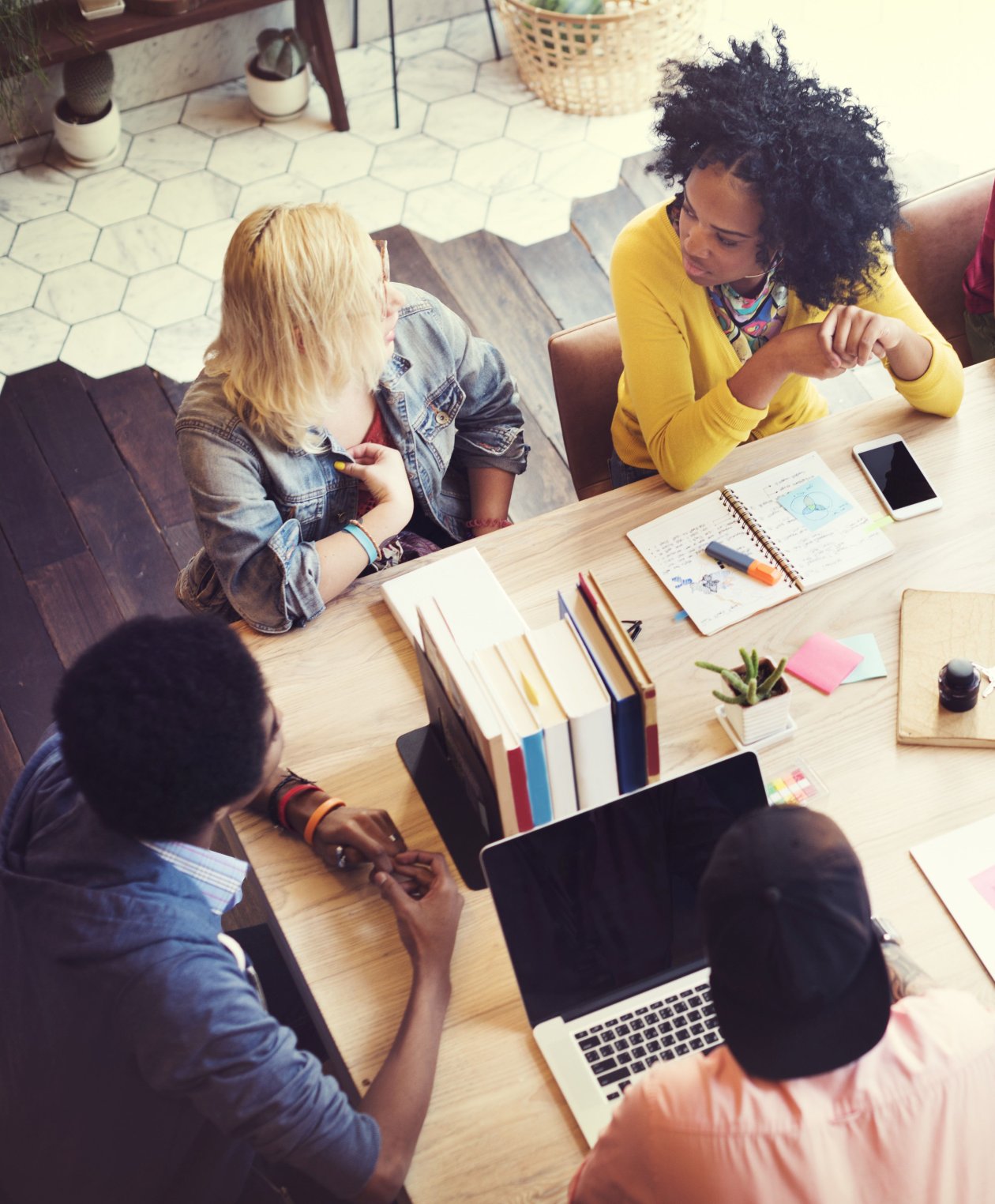Why are we running this project?
High inequality and low social mobility are a concern in many OECD countries. The current economic environment, the COVID-19 and cost-of-living crises as well as ongoing megatrends, such as digitalisation and the green transformation, further threaten equality of opportunity and social mobility for current and future generations. In the last two decades, the OECD has produced a significant body of quantitative and analytical evidence that helped reshape the global narrative on inequality, showing how improving equal opportunities for all can be highly beneficial for society and the economy. However, complementary evidence drawing from the lived experience of those affected by inequality and organisations that work on the ground to reduce inequality and foster equal opportunities is needed to inform policy and contexualise research findings.
What are our goals?
The project has two main goals. The first aim is to enrich and expand the knowledge basis on inequalities, by incorporating views from the ground. What are the most salient dimensions of inequalities and how do they intersect? What are the greatest barriers perceived? Which claims and solutions do people and communities put forward? Making the voices of those affected heard can deepen our understanding of inequality, build trust and generate innovative solutions. The second aim of the project is to increase the accessibility of the OECD’s evidence base, so that it provides a basis for advocacy activities of civil society organisations and movement-building at large. Making OECD statistics and analysis more engaging will help foster a public debate and raise awareness on how resources and opportunities are distributed in society. Both objectives will be reached through an interactive approach that encourages knowledge transfer between all sides in the discussion.
How does the project work?
The OECD is engaging with civil society organisations and underrepresented communities to identify a diverse set of organisations with whom virtual bilateral meetings will be conducted. The goal of these meetings is to exchange knowledge, by both learning about the initiatives and experience of the organisation and presenting the OECD’s work on inequality. Following these meetings, several in-person meetings will be organised with selected organisations’ representatives, volunteers, and their beneficiaries. This will take place in the format of a case study. Possible formats include interviewing staff, organising focus groups, or participating in day-to-day activities. Finally, all the evidence collected will be structured and analysed, so that it can be published on the OECD web-portal. In consultation with civil society organisations, the OECD will explore innovative formats and other outlets to showcase the output.
Who are the target groups?
The target group is civil society organisations working to break the barriers to equal opportunity and their stakeholders, i.e. the people affected by inequality and who are supported by the work of such organisations. In particular, organisations that help disadvantaged groups (including children and youth), empower women and girls, and support minorities facing social exclusion and discrimination will be prioritised.


